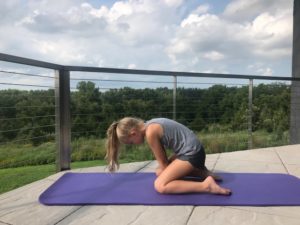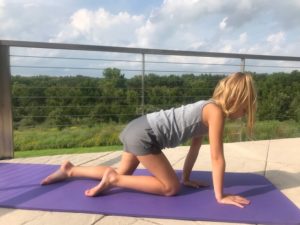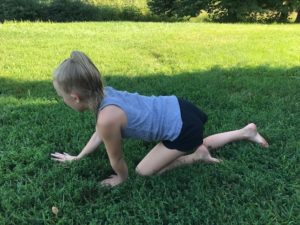Animal Tracking Part 1: Body Plans
Well, our first snow came about on schedule for those of us south of I-80, and it offered a few days of interesting tracking opportunities. There are numerous dimensions to tracking, which, when you put them all together, can make a long winter walk so interesting. I’ll offer several more notes about tracking as we get deeper into winter.
One method to ease your way into tracking our native mammals and birds is to recognize that most of them fall into one of five pattern groups, built on their body plan and anatomy, which in turn dictates leg motion.
Details follow:
*Our long and slender critters can keep their feet directly under their body, including mink, weasels, and river otters. As they land on their front feet, their back arches somewhat and they bring their rear feet up right behind the fronts, then push off again with their hind feet, to repeat. This leaves a set of all four prints in a compact group arranged like a four on a domino.

Sage demonstrates the domino pattern with her hands and knees.
*Most rodents and all rabbits can arch their back more severely and then snap it out straight for a long leap propelled by their powerful hind feet. But when their hind feet touch down again, their front feet are already down, so the hind feet straddle the fronts and reach beyond them. This leaves an open cluster of four prints, not in domino pattern and the larger hinds are ahead of the smaller fronts.

Sage demonstrates the rabbit pattern with her hands and knees.
*The wide-bodied short-legged animals have their legs wider apart, more off to the side; creatures like the badger, skunk, beaver, muskrat, and opossum. This would make the preceding two modes more difficult for them, and their most efficient mode is to simultaneously move both legs on the right side, and then switch to the lefts. With their bulky bodies, domestic horses can also be trained to run this way.

Sage demonstrates the wide stance mode with her hands and knees.
*The long-legged long-distance runners have another factor that comes into play – the need for a great set of lungs, which take up a lot of space up front but not in the rear. This includes almost all of the hoofed animals, including deer, plus their predators, who face the same constraints. This also includes the dog family and the cat family. Their most efficient way to balance out the front-to-back asymmetry is with an alternating diagonal pattern – the right front and the left rear swing out together, then the left front and right rear.
Humans are also runners, with proportionately large lungs. And before we as individuals become bipedal, as babies we crawl with the same alternating diagonal pattern as the other runners. I don’t know whether this is an evolutionary throwback from some ancient ancestor, or whether we evolved it independently just based on anatomical constraints. The fossil record remains silent on this topic.

Sage demonstrates the alternating diagonal pattern with her hands and knees.
*The fifth group of track patterns are made by the bipedal creatures – us and the birds. The ground birds, like turkey and quail, walk and run much like us – left, right, left, right. Birds who live mostly in trees tend to hop with both feet together, for example watch your winter juncos, visiting from the boreal forest, feeding on the ground. Birds who spend about equal amounts of time on the ground and in trees, for example the robin hunting worms in your yard and nesting in your tree, tend to switch between patterns.
The above patterns are typical, but most animals can shift to other modes as their situation requires. A good way to learn these modes and patterns is for you to follow Sage’s example and make hand and knee tracks yourself across snow, damp sand, or firm mud. I also recommend purchasing a good tracking book, which will have lots more detail about the clues provided by each species. These demos do not cover all the combinations of tracks you will encounter, but it is good to be able to envision the critter’s body plan as a guide to the other clues you should be looking for, once you get deeper into the subject.
Tags: animal tracks, Lon Drake

